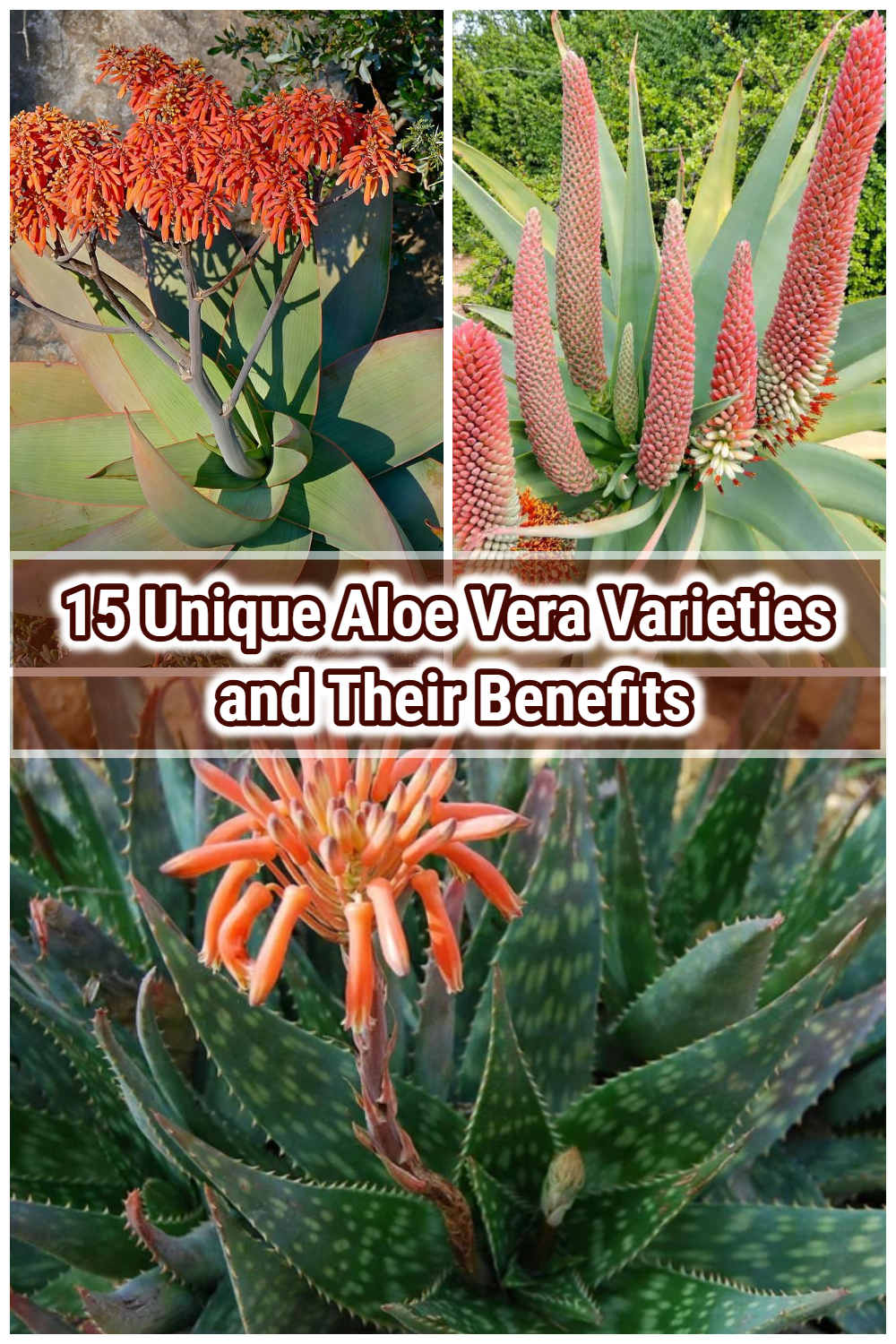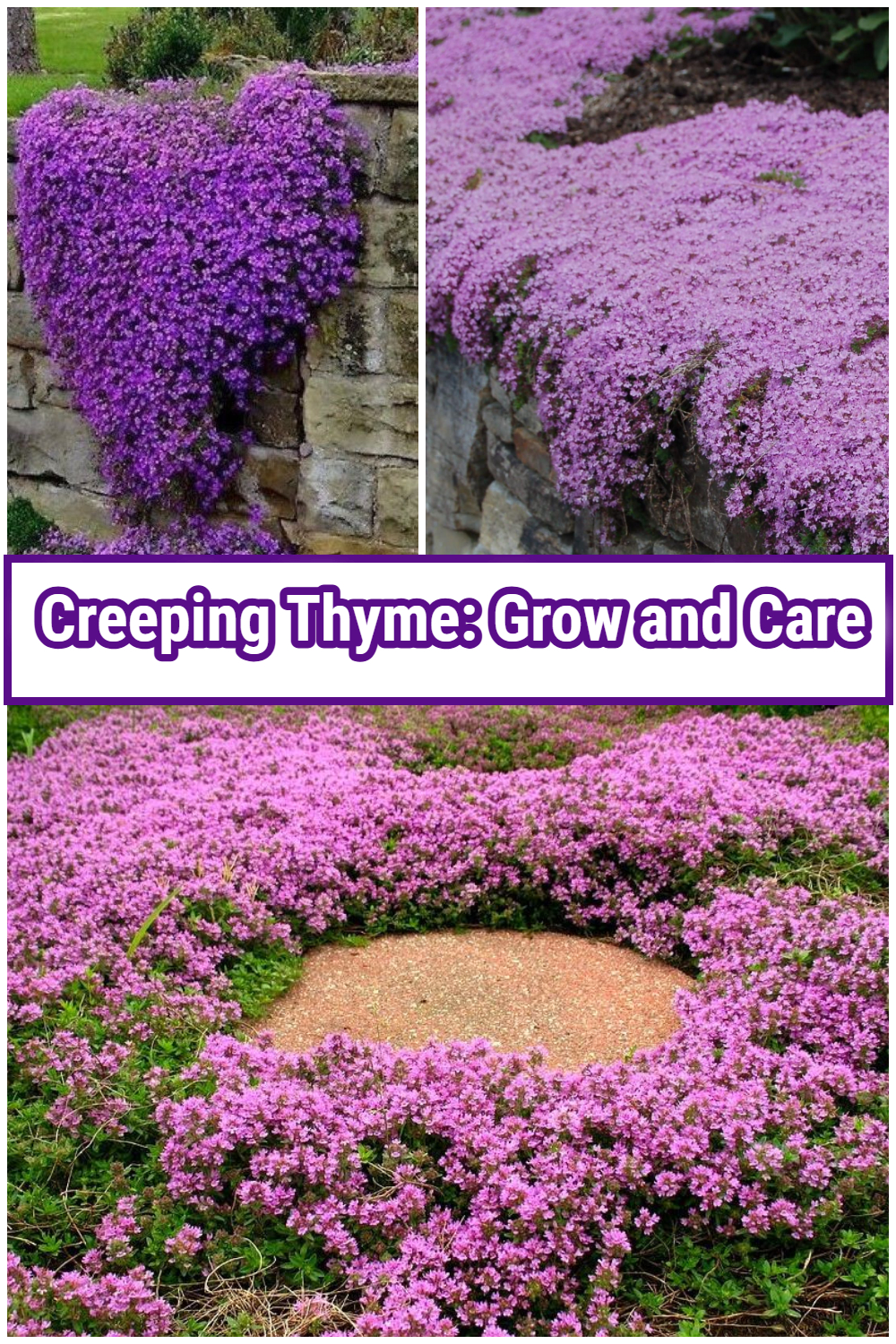Aloe vera is a succulent plant that stands out for its medicinal, cosmetic, and culinary uses. With over 500 species, it has become a staple in many cultures around the world. While the common aloe vera (Aloe barbadensis) is well-known, there are many other fascinating types worth exploring. This article delves into 15 unique types of aloe vera, highlighting their distinct characteristics and benefits.
Aloe Vera 101
Native to Africa, aloe vera has a rich history spanning thousands of years. It’s valued for gel extracted from its leaves, which is packed with anti-inflammatory, antibacterial, and antifungal properties. This makes aloe vera a popular ingredient in skincare products, wound care, and even food.
15 unique types of aloe vera
1. Aloe vera (Aloe barbadensis miller)
Aloe barbadensis miller is a widely recognized species prized for its thick, fleshy leaves filled with soothing gel. This gel is highly used in skin care, wound healing, and digestive health.
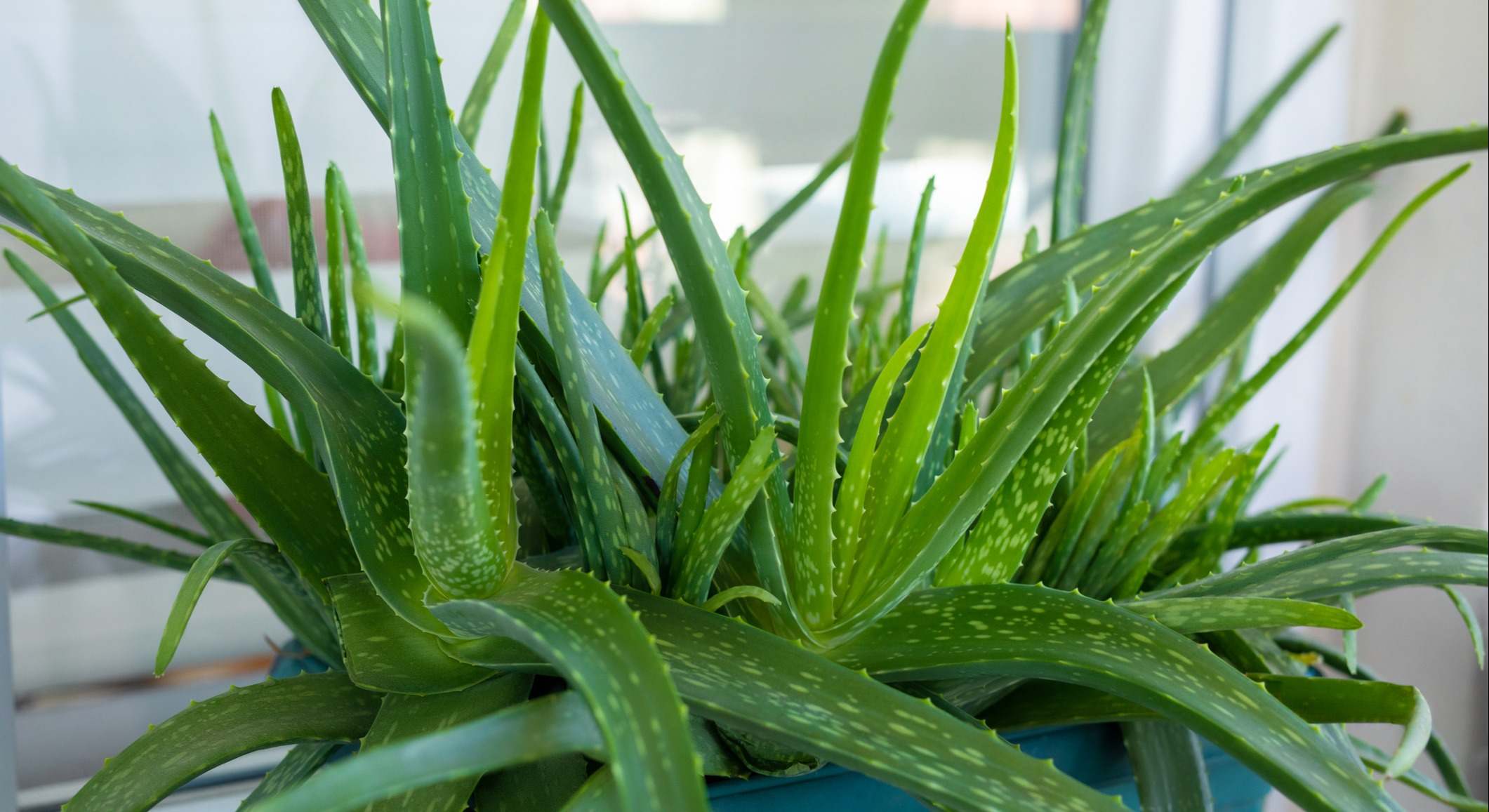
2. Aloe aristata (Lace Aloe)
Aloe aristata is characterized by its intricate, lacy leaves and vibrant, colorful flowers, making it a striking addition to any succulent collection.
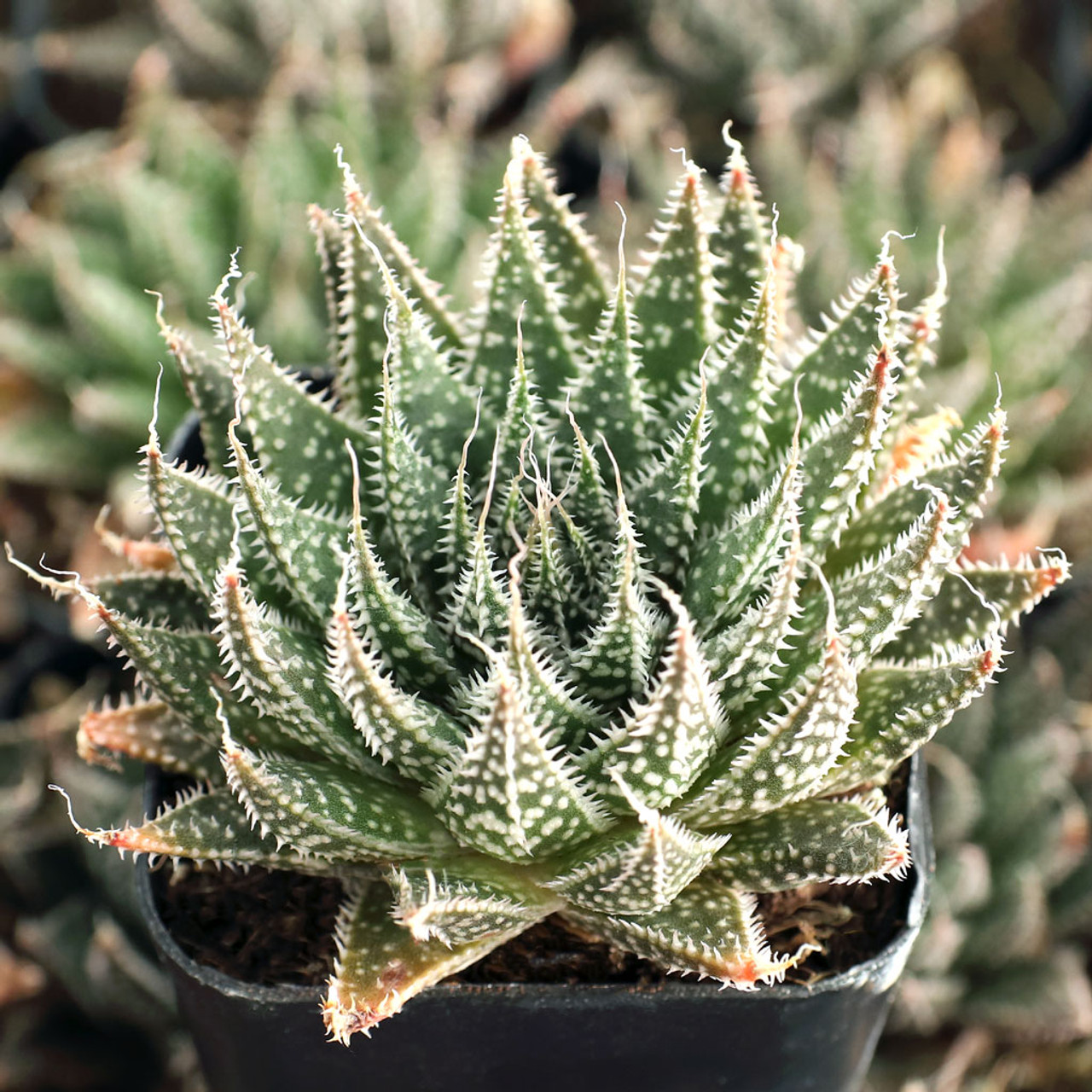
3. Aloe ferox (Cape Aloe)
With vibrant, bright orange flowers, the Cape Aloe adds a stunning splash of color to any landscape.
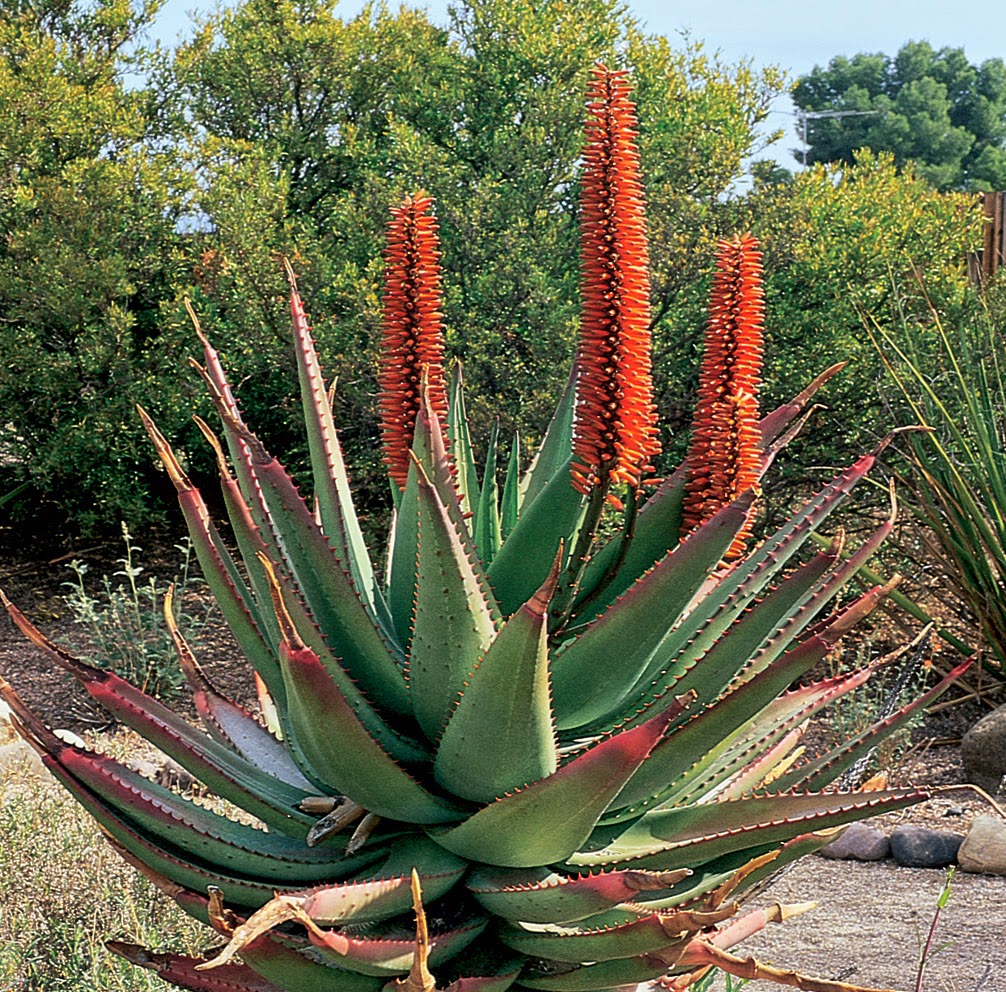
4. Aloe striata (Coral Aloe)
Aloe striata boasts smooth, bluish-green leaves with a pinkish edge. It produces striking coral-colored flowers, making it a favorite among gardeners and plant enthusiasts.
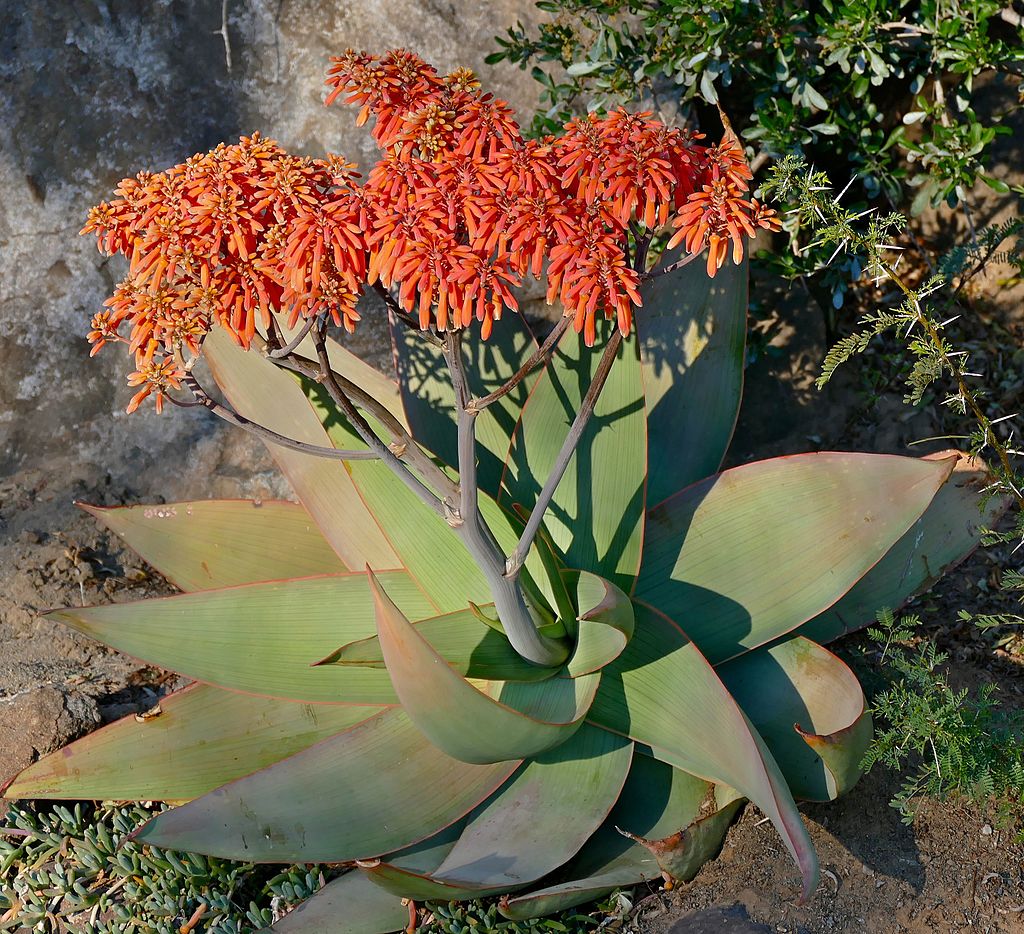
5. Aloe plicatilis (Fan Aloe)
Aloe plicatilis stands out with its fan-shaped leaves arranged in pairs, making it a unique and decorative variety perfect for rock gardens and succulent collections.
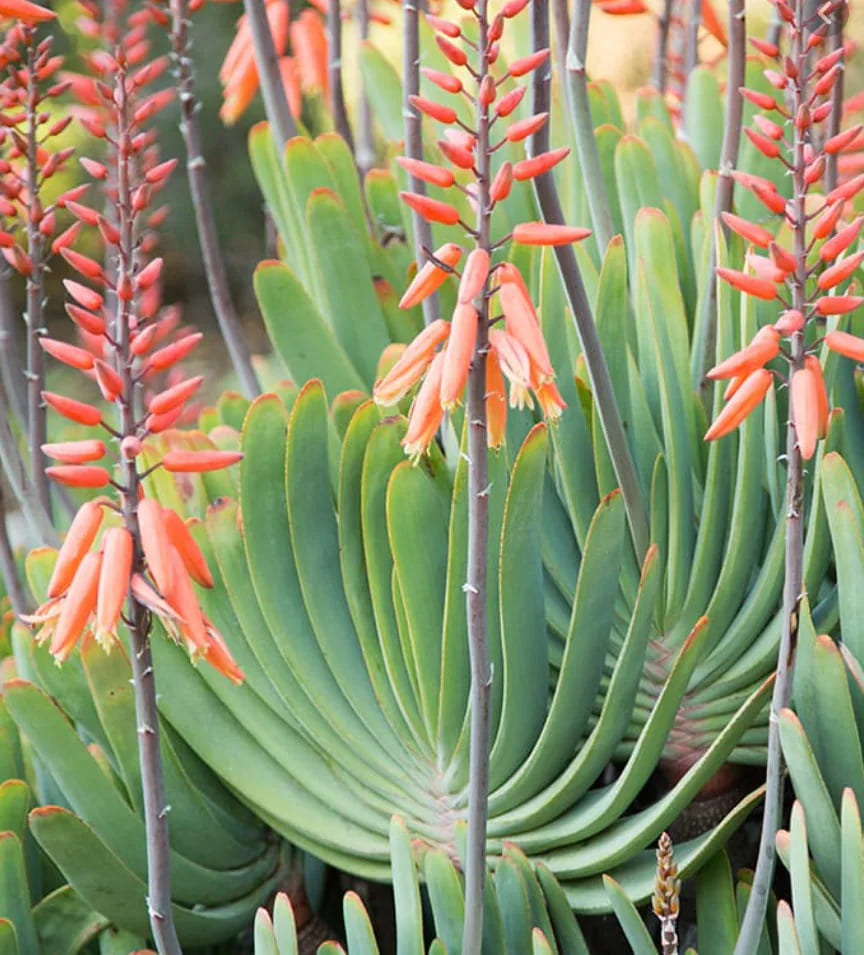
6. Aloe nobilis (Golden Tooth Aloe)
A small, clustering species with bright yellow flowers, the Golden Tooth Aloe brings a sunny and welcoming touch to any succulent arrangement.
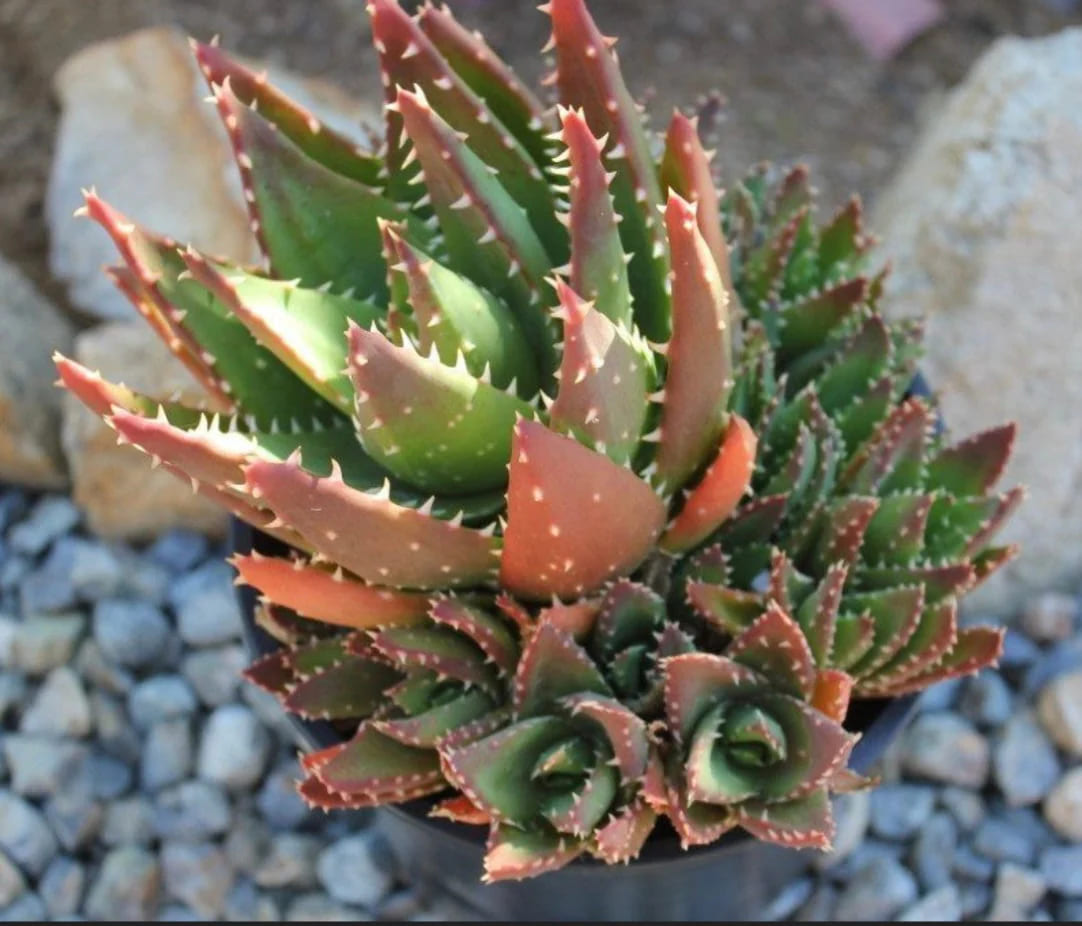
7. Aloe rauhii (Snowflake Aloe)
The Snowflake Aloe is a small, shrub-like species with white-spotted leaves, adding a touch of elegance to any succulent garden.
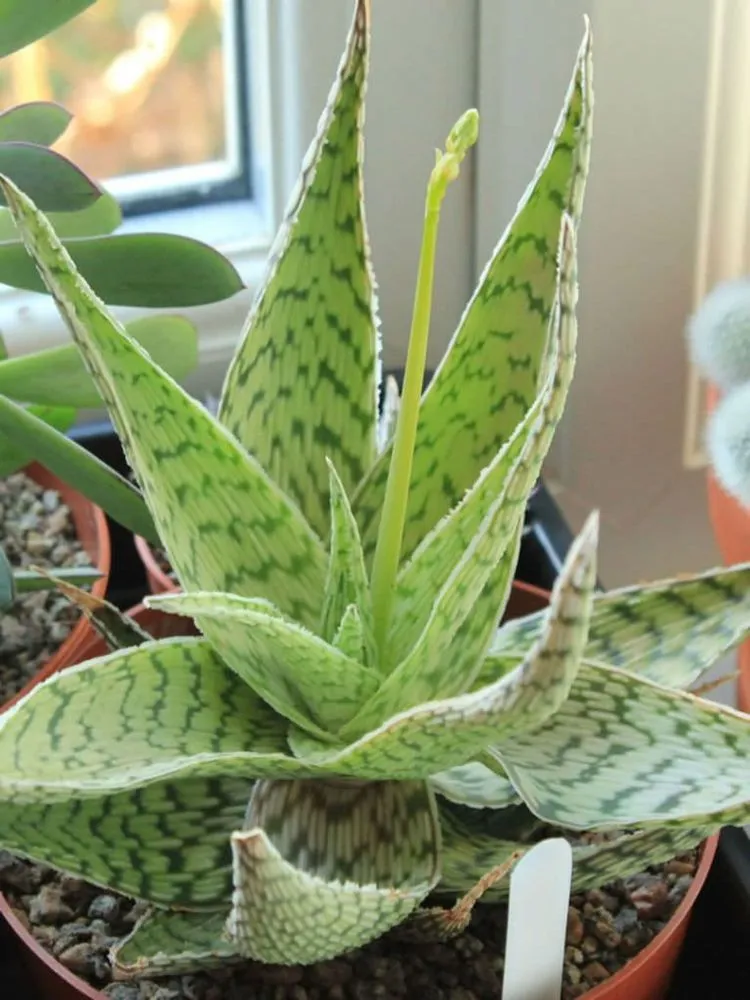
8. Aloe Arborescens (Torch Aloe)
The Torch Aloe is a larger, tree-like species that produces bright red or orange flowers. It has strong medicinal properties and is often used for burns, wounds, and immune support.
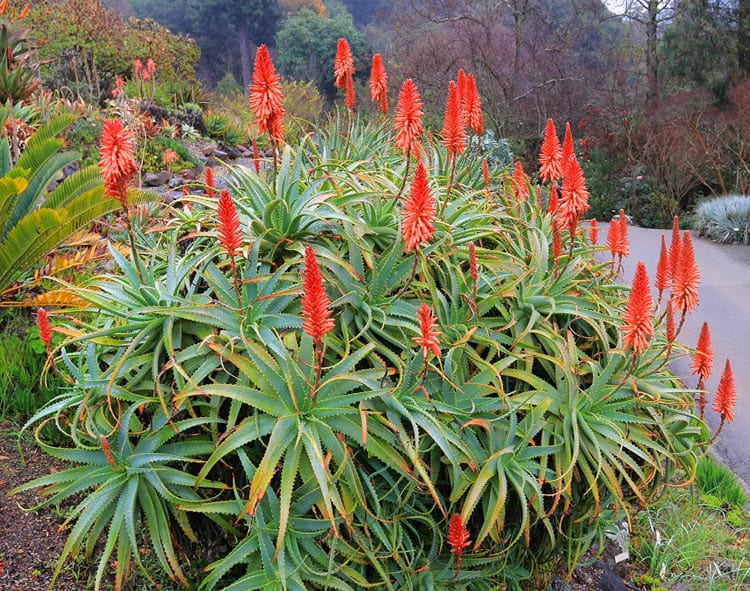
9. Aloe Maculata (Soap Aloe)
As its name may suggest, the Soap Aloe produces soapy sap that can be used as a natural cleanser. It also boasts speckled leaves and vibrant orange flowers, making it a popular ornamental plant.
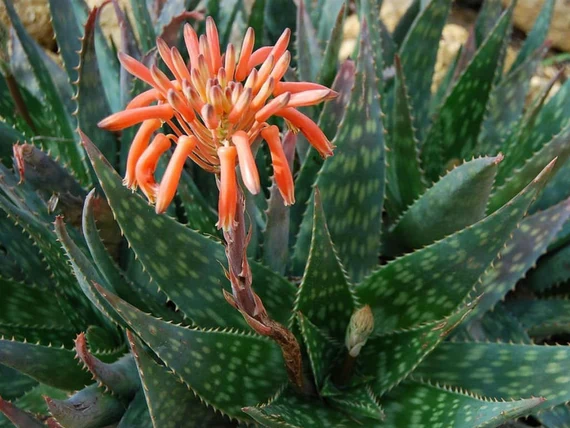
10. Aloe Polyphylla (Spiral Aloe)
Aloe polyphylla is recognized for its striking spiral leaf arrangement, making it a rare and visually stunning variety that suits any ornamental garden.
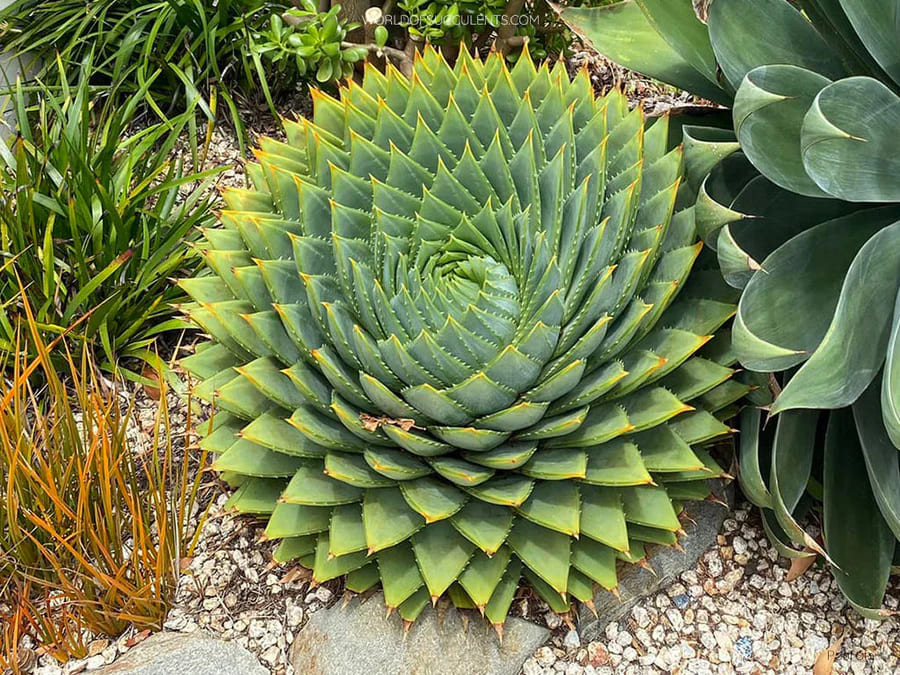
11. Aloe speciosa (Tilt-Head Aloe)
A unique species is renowned for its bright orange flowers and distinctively tilted flower stalks, bringing a striking touch to any succulent arrangement.
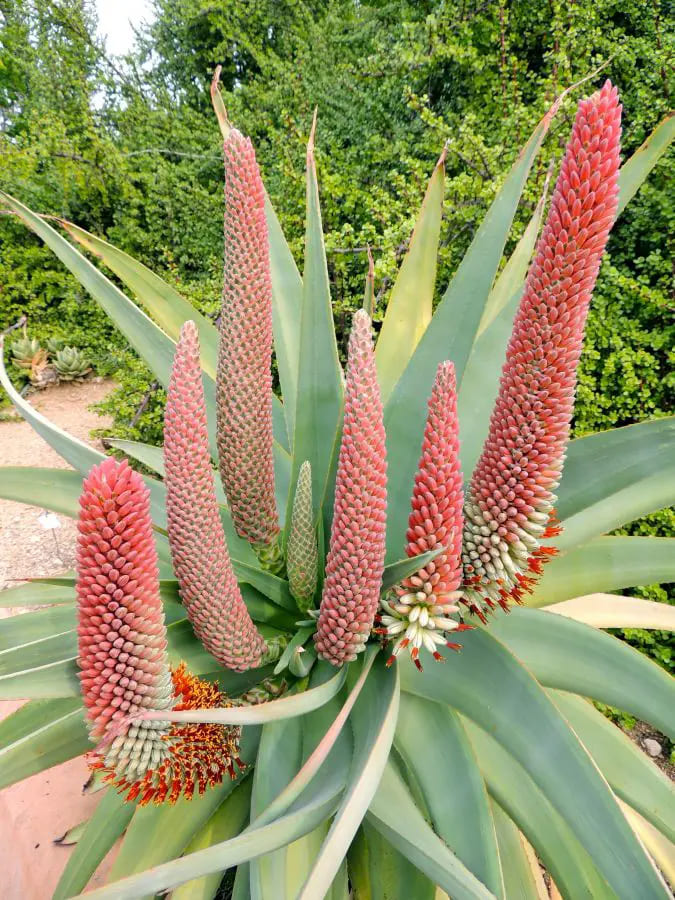
12. Aloe Ferox (Bitter Aloe)
Native to South Africa, Aloe Ferox is highly prized for its powerful laxative properties. Its gel and bitter sap are commonly used in herbal medicine and skincare products.
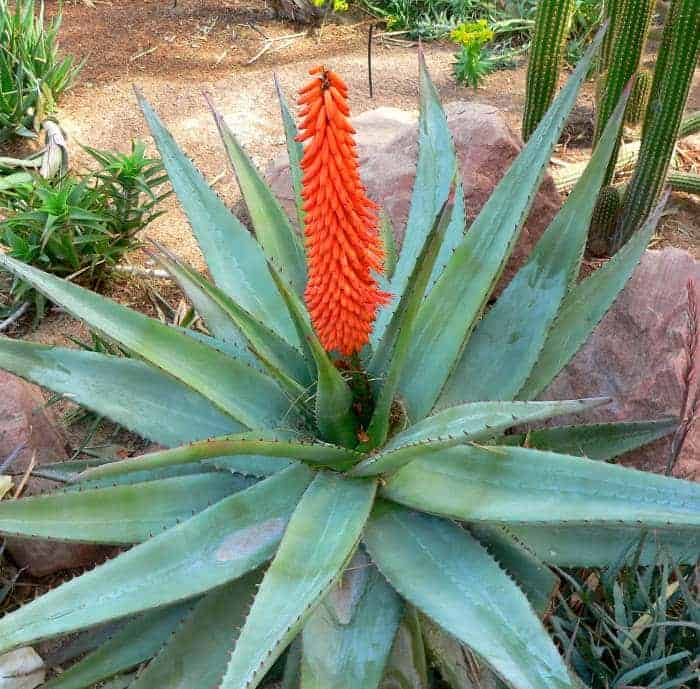
13. Aloe brevifolia (Short-Leaf Aloe)
Aloe brevifolia is a compact, shrub-like species with short, stout leaves. It is an excellent groundcover in rock gardens and desert landscapes.
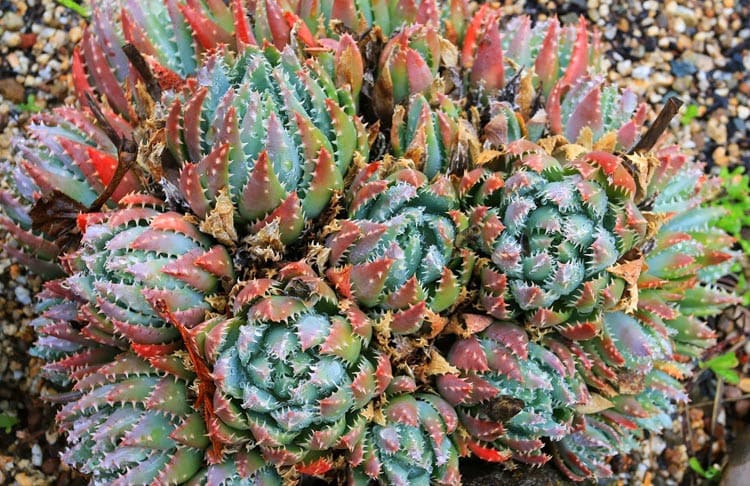
14. Aloe Aculeata (Red Hot Poker Aloe)
Recognized for its spiky, toothed leaves and tall, colorful flower spikes, Aloe aculeata attracts pollinators like bees and hummingbirds.
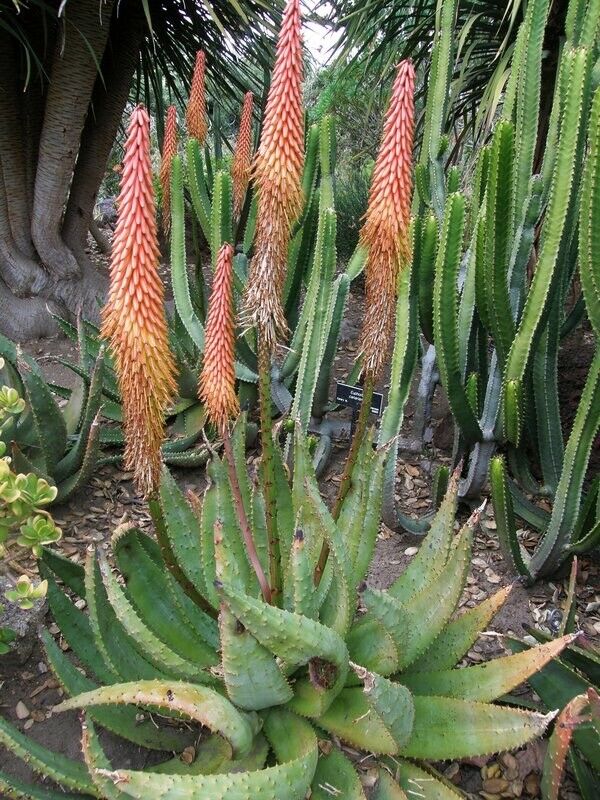
15. Aloe sinkatana (Sinkatana Aloe)
Aloe sinkatana is a small yet stunning species, boasting bright orange flowers.

How to take care of aloe vera
To keep your aloe vera plant happy and thriving, here are some useful tips to keep in mind:
1. Lighting
Aloe vera plants thrive in bright, indirect light. Avoid direct sunlight as it may cause discolored leaves. It’s ideal to place your pot in east- or west-facing windows.
2. Watering
Although aloe vera is drought-tolerant, it requires regular watering. Water your aloe vera plant when the soil is dry to the touch, usually every 7-10 days in the summer and less often in the winter. Avoid overwatering, as this can cause root rot.
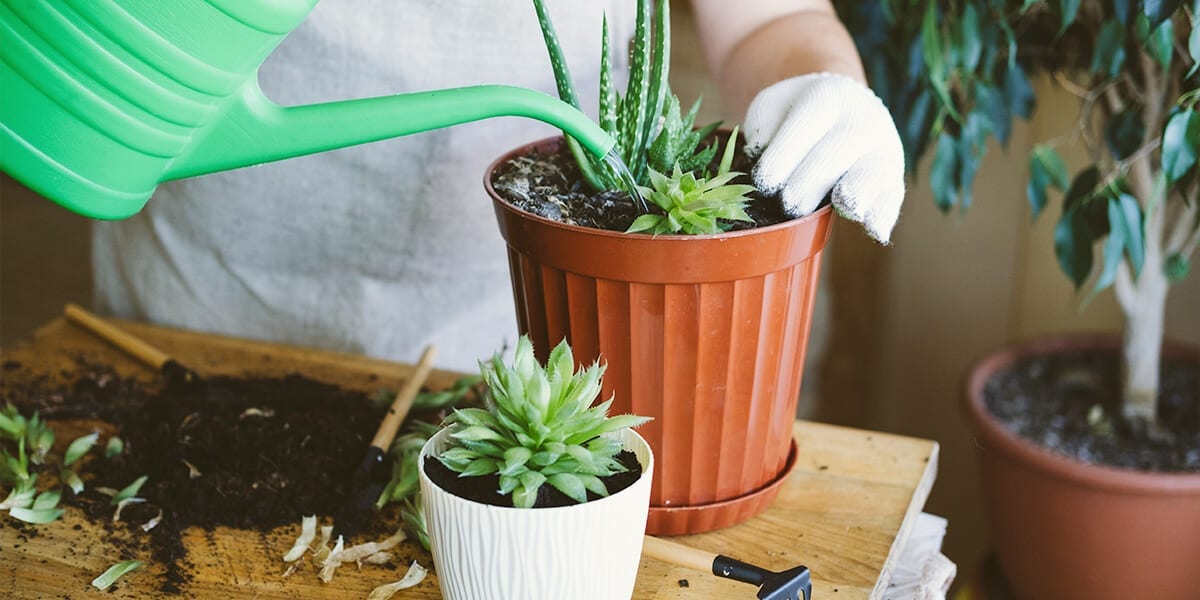
3. Temperature
Aloe vera plants do well in warm temperatures between 65°F (18°C) and 80°F (27°C). Make sure not to place your aloe vera plant near drafty windows or air conditioning vents.
4. Humidity
Aloe vera requires a relatively low humidity environment, around 40-50% to thrive.
To increase the humidity around your plant, place it on a tray filled with water and pebbles.
5. Fertilization
A balanced, water-soluble fertilizer is recommended for aloe vera plants. Feed them during the growing season (spring and summer). Dilute the fertilizer to half the recommended strength to avoid burning the roots.
6. Potting Mix
Aloe vera plants prefer well-draining potting mix specifically designed for cacti and succulents. Avoid using regular potting soil, as it can cause root rot.
7. Pruning
Trim off any dead or damaged leaves to promote healthy development for your aloe vera plant. This will also help prevent the spread of disease.
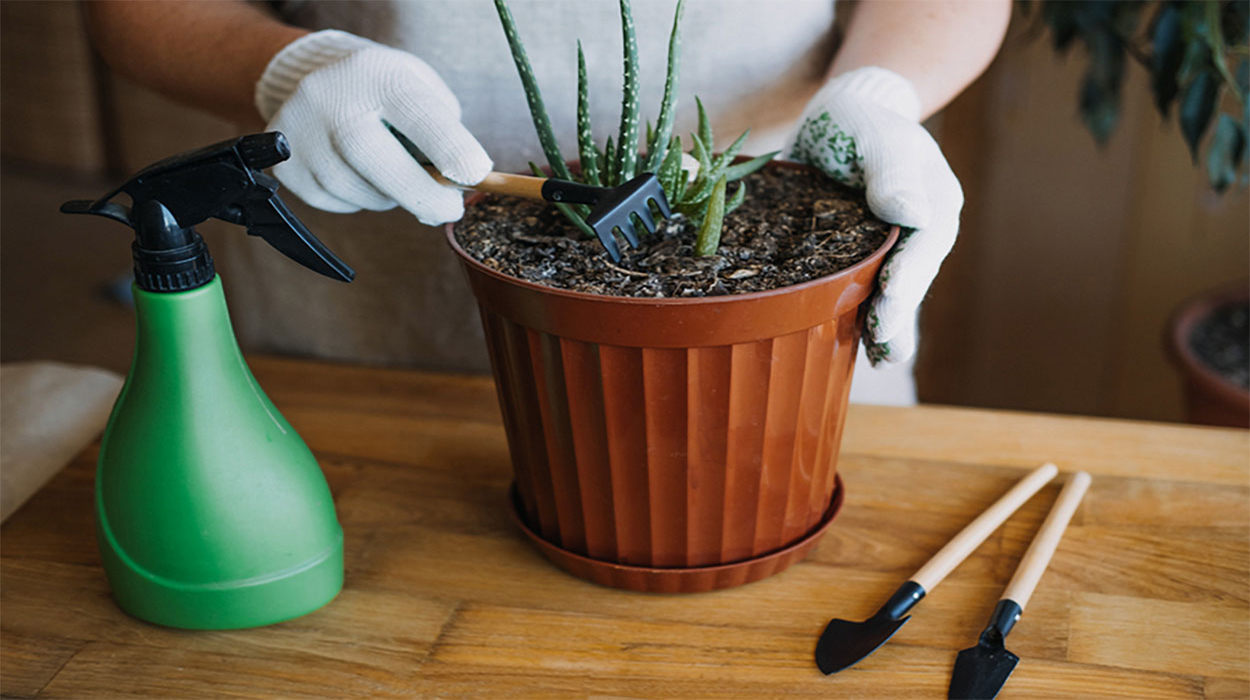
8. Repotting
As aloe vera plants outgrow their containers, they need to be repotted every 2-3 years. Choose a pot that is only slightly larger than the previous one, and filled it with fresh potting mix.
Conclusion
These popular aloe vera species not only elevate your garden but also offer various benefits, from medicinal uses to decorative purposes. Whether you’re a seasoned gardener, a newcomer to gardening, a skincare enthusiast, or simply a curious learner, there’s an aloe vera variety out there for you to discover.
